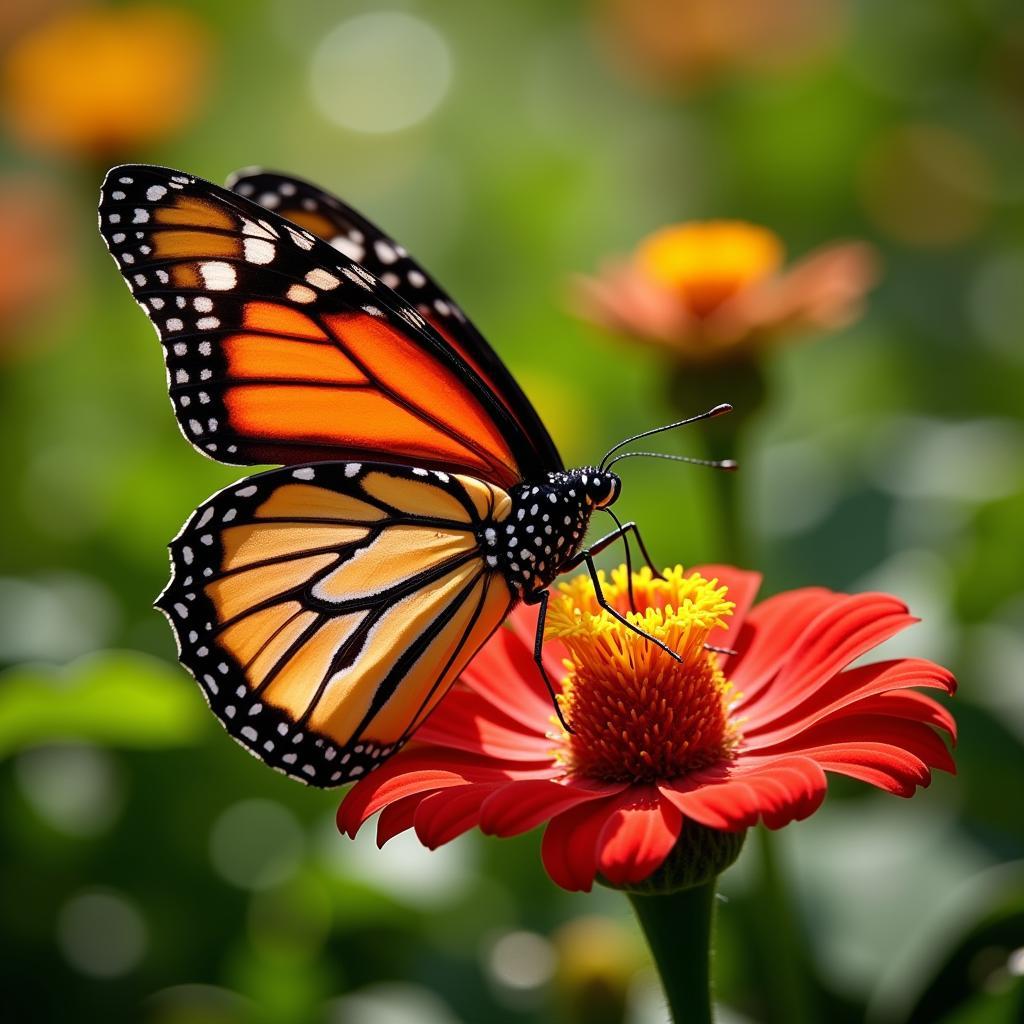African Insects A-Z: A Guide to the Most Fascinating Creatures
Africa is a continent teeming with life, from the charismatic megafauna roaming the savannas to the incredible diversity of insects that play vital roles in its ecosystems. This guide will take you on an alphabetical journey through the fascinating world of African insects, showcasing their beauty, adaptations, and importance in the natural world.
Ants: The Tiny Architects of Africa
Ants are among the most abundant and ecologically significant insects in Africa. With over 2,000 species, they play critical roles in nutrient cycling, seed dispersal, and pest control. African weaver ants are renowned for their impressive nest-building skills, using larval silk to bind leaves together, creating fortresses that house thousands of individuals. Driver ants, on the other hand, are formidable predators, forming massive colonies that embark on organized hunts, overwhelming prey with their sheer numbers.
Butterflies: Jewels of the African Skies
 African monarch butterfly feeding on nectar
African monarch butterfly feeding on nectar
Africa boasts an incredible diversity of butterflies, with over 3,500 species gracing its diverse habitats. From the iconic African monarch butterfly, with its striking orange and black wings, to the majestic Emperor swallowtail, known for its large size and elegant flight, these insects captivate with their beauty. Butterflies play essential roles in pollination, contributing to the health and diversity of plant life across the continent.
Dung Beetles: Nature’s Recyclers
Dung beetles, often overlooked creatures, are essential to the health of African ecosystems. They feed on and decompose animal dung, recycling nutrients back into the soil and preventing the buildup of waste. These remarkable insects navigate using celestial cues, using the sun, moon, and stars to orient themselves and roll their precious dung balls in straight lines.
Termites: Master Architects and Ecosystem Engineers
Termites are social insects that play a significant role in African ecosystems, both as decomposers and as ecosystem engineers. They break down dead plant material, contributing to nutrient cycling and soil fertility. Termite mounds, some towering several meters high, create microhabitats for a variety of plants and animals, influencing the structure and biodiversity of their surroundings.
Praying Mantises: Ambush Predators with Lightning Reflexes
Praying mantises are masters of camouflage and ambush, blending seamlessly into their surroundings as they patiently wait for unsuspecting prey. With their lightning-fast reflexes and powerful forelegs, they capture and subdue their victims with astonishing speed. Africa is home to a diverse array of praying mantises, each species exhibiting unique adaptations and hunting strategies.
Conclusion
From the intricate societies of ants to the dazzling beauty of butterflies, African insects offer a glimpse into the wonders of the natural world. Their diversity, adaptations, and ecological roles highlight the importance of preserving these often-overlooked creatures and their habitats. As we continue to learn more about them, African insects will undoubtedly continue to fascinate and inspire us.
